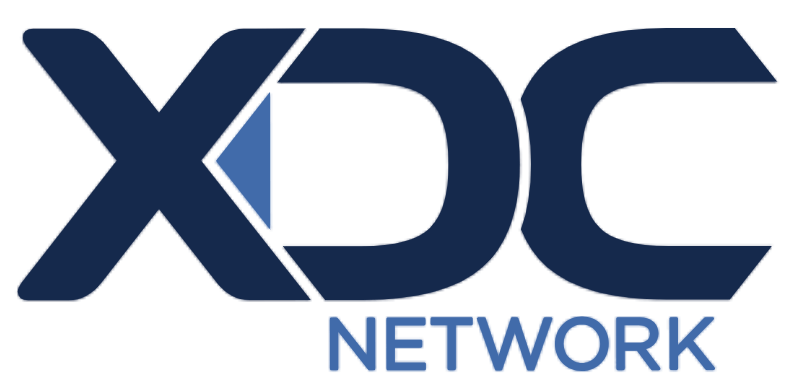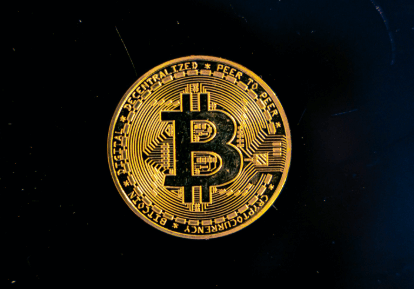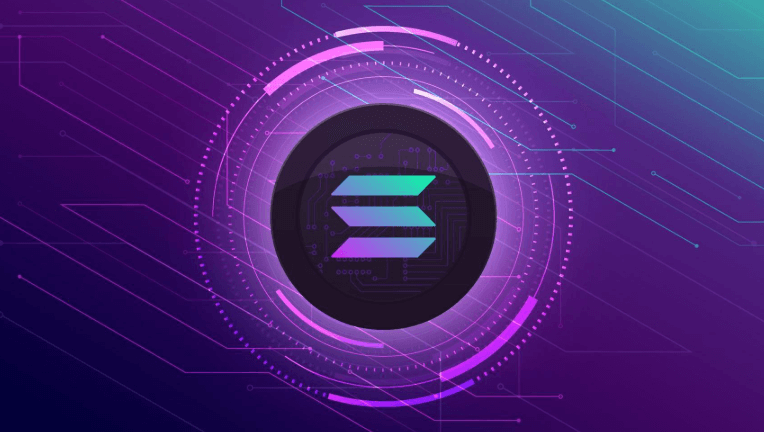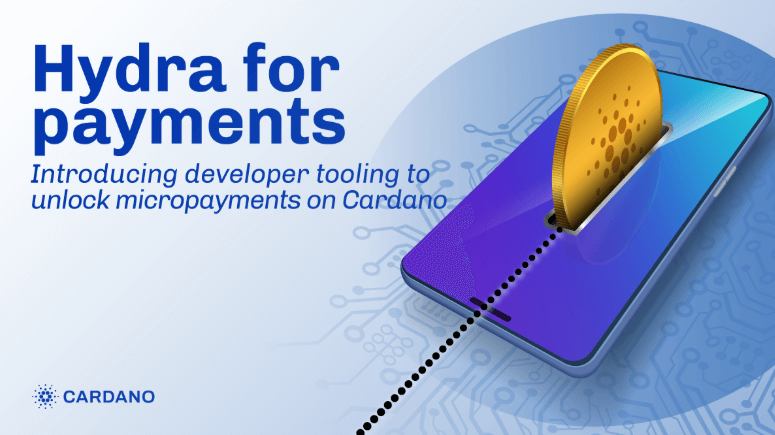The cryptocurrency market is no stranger to competition, but Solana (SOL) is now facing new challenges as Ethereum (ETH) reasserts its dominance, particularly after the recent memecoin frenzy. Memecoins, a trend fueled by social media hype, have surged in popularity, leading to significant attention on blockchain platforms like Solana. However, the surge of memecoins and their impact on blockchain ecosystems have raised questions about the long-term viability and scalability of platforms like Solana.
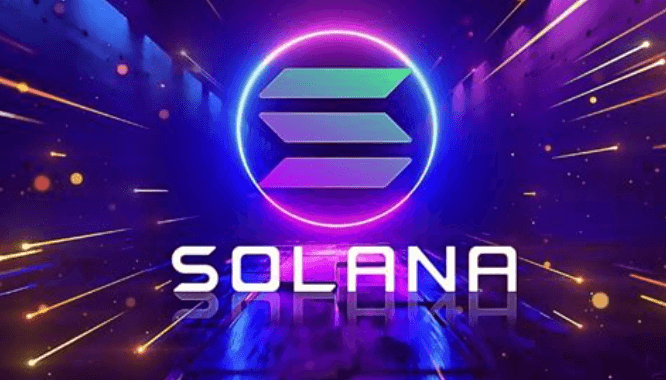
The Rise of Memecoins and Their Impact on Solana
Memecoins, primarily driven by meme-based social movements and viral trends, have created a new wave of interest in the cryptocurrency space. While platforms like Solana have seen significant transactions involving memecoins due to their fast and low-cost transactions, this sudden influx has highlighted certain weaknesses in Solana’s infrastructure. Solana, known for its high throughput and scalability, has been a popular choice for many memecoin projects, but the surge of these coins has put pressure on the network, leading to concerns about security and reliability.
Despite Solana’s high-speed transactions and low fees, these advantages have been overshadowed by Ethereum’s growing role in the memecoin market. Ethereum, with its established infrastructure and robust security protocols, has begun to see a resurgence in popularity as memecoin projects flock to its more stable and secure network.
Ethereum’s Resurgence and Increased Competitiveness
Ethereum has long been the leader in the smart contract space and continues to evolve with major upgrades like Ethereum 2.0, which aims to improve scalability, energy efficiency, and transaction throughput. With the recent shift of memecoin projects and increased developer interest, Ethereum’s blockchain is quickly becoming the platform of choice for both large-scale decentralized applications (dApps) and smaller memecoin projects.
The growing demand for decentralized finance (DeFi) applications and the increasing interest in memecoin investments have fueled Ethereum’s resurgence. Ethereum’s mature ecosystem, coupled with improvements such as the transition to Proof-of-Stake (PoS), has allowed it to remain a powerful competitor to newer platforms like Solana, especially as Ethereum continues to attract institutional investors and high-profile projects.
The Future of Solana in the Face of Ethereum’s Strength
While Solana remains a top-tier blockchain platform, particularly for DeFi and non-fungible token (NFT) applications, the rise of Ethereum, coupled with the challenges posed by memecoins, may force Solana to adapt in order to maintain its position in the crypto space. Solana’s ecosystem must address potential scalability issues, especially as its network continues to deal with increased traffic.
Many experts believe that Solana can still thrive, especially with its emphasis on innovation and user experience. However, for Solana to continue its growth, it must overcome the limitations exposed during the memecoin surge and focus on improving security and infrastructure to compete with Ethereum’s established dominance.
Conclusion: A New Era of Blockchain Competition
The ongoing competition between Solana and Ethereum is shaping the future of blockchain technology. As Ethereum continues to solidify its lead in the smart contract space, Solana must find ways to differentiate itself and stay competitive in a rapidly evolving market. Whether Solana can continue to attract developers and users in the face of Ethereum’s resurgence remains to be seen, but both networks play crucial roles in the evolving landscape of decentralized finance and blockchain innovation.
Disclaimer: This article is for informational purposes only and is not investment advice. Investors should research carefully before making any decisions. We are not responsible for your investment decisions.



